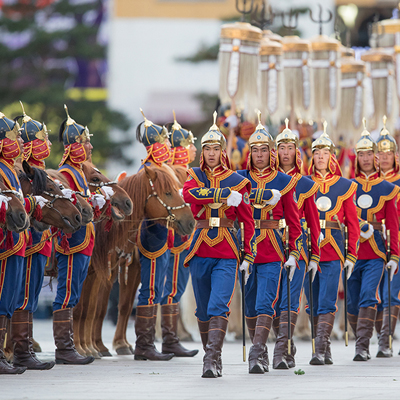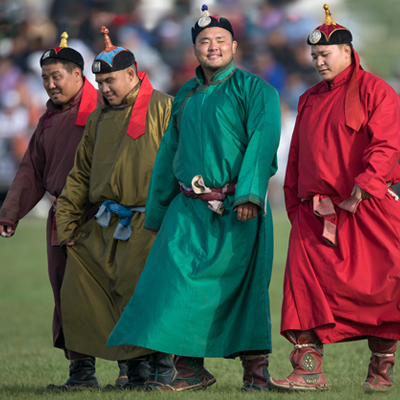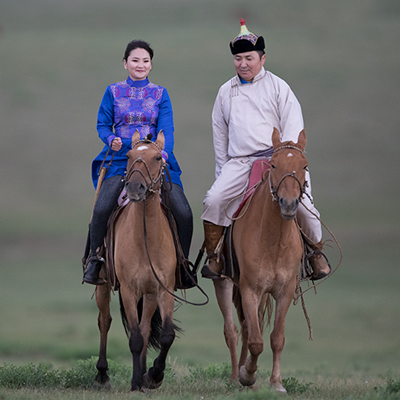
Mongolian Population
The Mongolian population is an intriguing blend of historical nomadic traditions, diverse ethnic groups, and a resilient modern society. Here's a detailed look into various aspects of the Mongolian population:
Demographics
- Population Size and Growth:
As of recent estimates, Mongolia has a population of approximately 3.3 million people. The population growth rate has been relatively stable in recent years, with a slight urbanization trend as more people move to cities seeking economic opportunities.
- Ethnic Composition:
The largest ethnic group in Mongolia is the Khalkha Mongols, constituting about 85% of the population. Other significant ethnic groups include Kazakhs, who primarily reside in western Mongolia, as well as Dorvod, Buryats, and a small population of Russians and Chinese.
- Urban vs. Rural Distribution:
Urbanization has been steadily increasing, with a significant portion of the population now residing in cities. Ulaanbaatar, the capital and largest city, is home to over 45% of Mongolia's population. Rural areas still maintain a sizable population engaged in nomadic herding and agriculture.
Cultural and Social Characteristics
- Language:
Mongolian is the official language and is spoken by the vast majority of the population. It belongs to the Mongolic language family and is written in the Cyrillic script, which was adopted during the Soviet era. The traditional Mongolian script (Uighur script) is also used in cultural and artistic contexts.
- Religion:
Tibetan Buddhism is historically the predominant religion in Mongolia, practiced by a large segment of the population. Shamanism, known as Tengrism, also has deep roots in Mongolian culture, particularly among rural communities. Islam is practiced by the Kazakh minority in western Mongolia.
- Traditional Arts and Music:
Mongolian culture is rich in traditional arts, including throat singing (khöömei), which is a distinctive form of singing where singers produce multiple pitches simultaneously. Traditional instruments such as the morin khuur (horsehead fiddle) and the yatga (zither) play significant roles in Mongolian music.
- Festivals and Celebrations:
The Naadam Festival is Mongolia's most famous event, held annually in July. It features the "Three Manly Games" of wrestling, horse racing, and archery, showcasing Mongolian athleticism and cultural pride. Other festivals celebrate traditional nomadic life, harvests, and religious occasions.
Economic and Social Issues
- Economic Structure:
Mongolia's economy traditionally revolves around agriculture, particularly livestock herding, and mining. The mining sector, which includes copper, gold, and coal, has become increasingly important in recent decades. However, the economy is vulnerable to fluctuations in commodity prices and global demand.
- Education and Literacy:
Mongolia has made significant strides in education, achieving high literacy rates. Access to education is a priority, although challenges remain in ensuring quality education, especially in rural and remote areas.
- Healthcare and Infrastructure:
Healthcare infrastructure is improving, particularly in urban centers like Ulaanbaatar. However, access to healthcare remains a challenge in remote regions, where nomadic herders often face difficulties in accessing medical services.
- Environmental and Climate Challenges:
Mongolia's harsh climate and fragile ecosystems pose challenges for sustainable development. Desertification, soil degradation, and water scarcity are environmental concerns exacerbated by climate change and traditional nomadic practices.
The Mongolian population embodies a blend of ancient traditions and modern influences, characterized by a strong cultural identity rooted in nomadic heritage. As Mongolia navigates economic and social transformations, preserving its unique cultural heritage while addressing modern challenges remains a key priority for its diverse and resilient population.










.jpg)




















